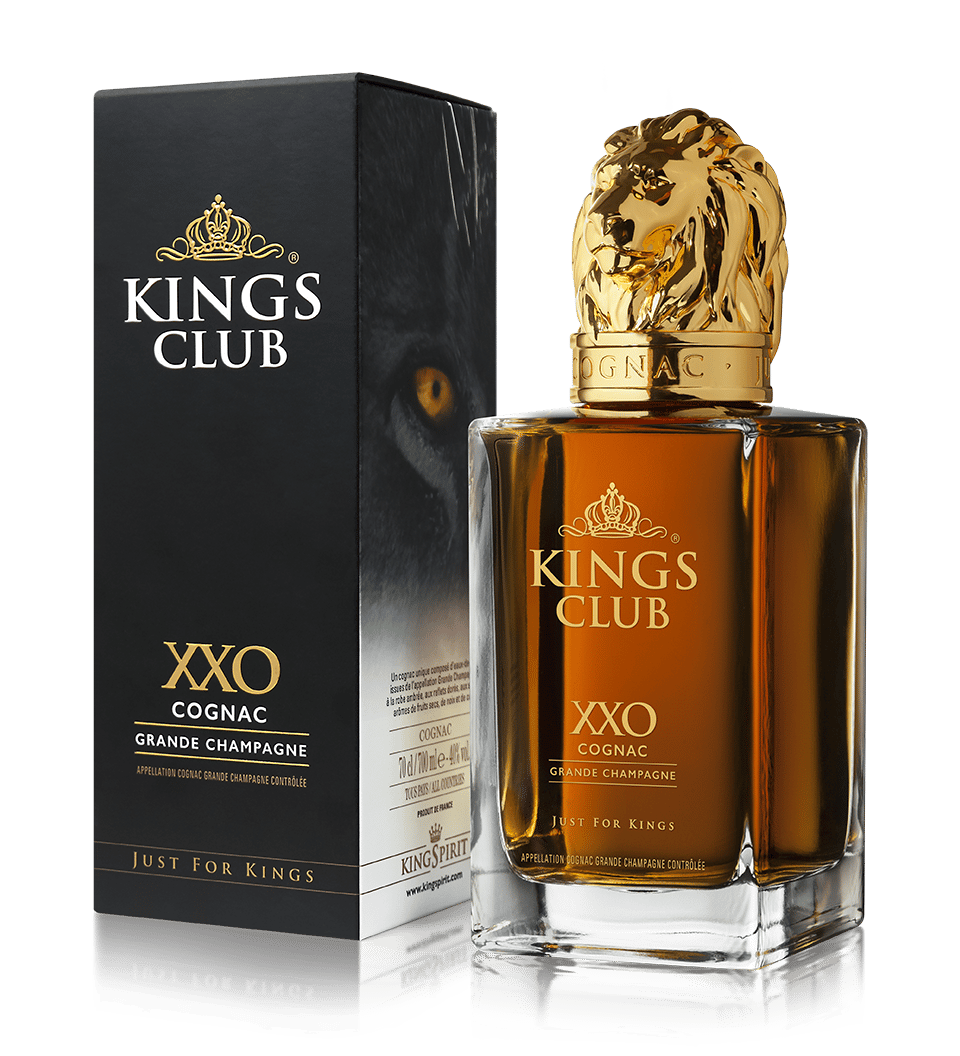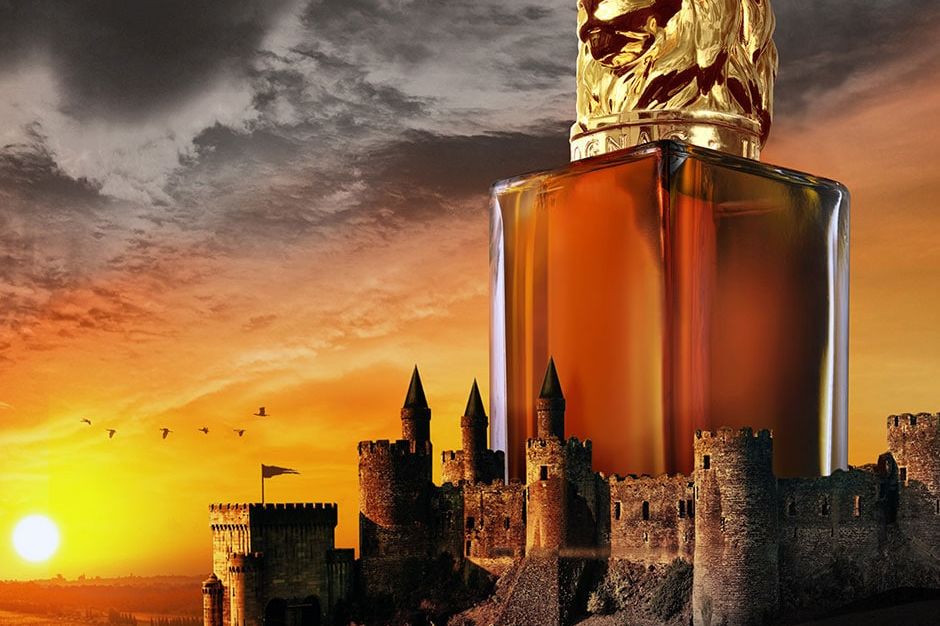Cognac is a world-renowned eau-de-vie that benefits from an exceptional terroir and a mild, temperate climate. Produced since the 15th century using complex processes, it became an Appellation d'Origine Contrôlée in 1936. Today, it is exported to 160 countries. Small presentation.
Cognac definition
AOC fine brandy
Cognac is a fine amber-colored brandy that is made from grapes. It comes from a blend of several eaux-de-vie that have been produced over several years to obtain characteristic aromas and a homogeneous quality.
A specific place of production
In order to receive the cognac appellation, the brandy must be produced in the Charentes region, with a small inclusion in the Dordogne and Deux-Sèvres. Its manufacture must also respect strict standards and be done in several precise steps.
Would you like to order an exceptional cognac? Find a selection on our online store.
How is cognac made?
The different stages
The grapes are harvested and pressed immediately. The must is then fermented and double distilled in a special copper still. The wine is then aged in oak barrels for a minimum of two years. It is during this period that it is transformed into cognac.
The names
There are
six cognac appellations
Grande Champagne, Premier cru, Petite Champagne, Borderies, Fins bois, Bons bois and Bois ordinaires. Each of them expresses a soil and a territory and has its own characteristics.
Cognac vocabulary
- The Charentais still: copper still which is the only one authorized for the production of true French cognac.
- Aroma: smell of brandy. For cognac, the five major aromas are vanilla, caramel, prune, apricot and orange.
- Blending : the process of mixing several ages and vintages to create a particular cognac.
- Ordinary wood : it is one of the six AOC of the Cognac region. It covers about 26,000 hectares and includes the islands of Oleron and Ré.
- Bons Bois: another cognac AOC which covers about 370,000 hectares and includes mixed soils (clay, limestone and sand).
- Borderies: this AOC is the smallest in the Cognac region (about 12,500 hectares) and includes flint and clay soils.
- Bouilleur de cru : person who distills brandy.
- Bouquet : aromas exhaled by the cognac.
- Mist: liquid fairly low in alcohol
obtained after the first distillation of the wine.
Cellar: place where the wine is vinified and stored. - Champagne: this term designates two cognac AOCs: Grande Champagne and Petite Champagne.
- Colombard: one of the three types of grapes used to make cognac and also the one with the highest alcohol content.
- Cru : this term designates the different AOCs of Cognac.
- Distillation: the process of making cognac during which the alcohol is extracted from the grape juice.
- Double-distillation: operation which consists in intensifying the aromas.
- Early Landed : tradition which consists in sending barrels of cognac to age in other countries, generally England.
- Extra: cognac of a higher quality than an XO and which is generally aged for more than 15 years.
- Extra old (XO): cognac whose youngest component has aged at least 10 years.
- Fine Champagne : a blend of cognac obtained from Grande Champagne (at least 50%) and Petite Champagne eaux-de-vie.
- Finish: the time during which the taste of a cognac remains in the mouth after being drunk.
- Folle blanche : one of the grape varieties cultivated for the production of cognac.
- Barrel : the barrel is the one in which the brandy is aged.
- Grande Champagne: this AOC is considered the best in the region and is also called “premier cru”.
- Hors d’âge : term which designates cognacs that have aged at least 30 years.
- Napoleon : term which designates a cognac generally at least as old as an XO.
- Nose: this term refers to the second part of the wine tasting, namely the olfactory part.
- Petite Champagne: AOC of cognac covering approximately 65,600 hectares.
- Phylloxera: a small insect that totally destroyed French vineyards in the 1860s.
- Pineau des Charentes : wine often drunk as an aperitif and obtained from fresh grape juice and young brandy aged in oak barrels.
- Part des Anges : natural evaporation of brandies.
- Rancio: Rancio usually occurs after 10 years of aging and is apparent on the nose and palate.
- Reserve : term used to describe the age of a cognac.
- Tannin: Tannin is a polyphenol type molecule that is present in grapes and gives structure, balance, color and aroma to wines.
- Terroir: refers to the soils of the different AOCs in the Cognac region.
- Vinification : This is the process that transforms the grape must into wine.
- VS: cognac that has aged for at least two and a half years.
- VSOP: cognac that has aged for at least 4 years.
- XO : cognac that has aged for at least 10 years
Also read
XXO kings Club: the luxury of time
The fact that the territory which magnifies cognac is named after it is in itself a…
Join the Crown Club!
Take advantage of exclusive offers, stay informed about Kings news!




